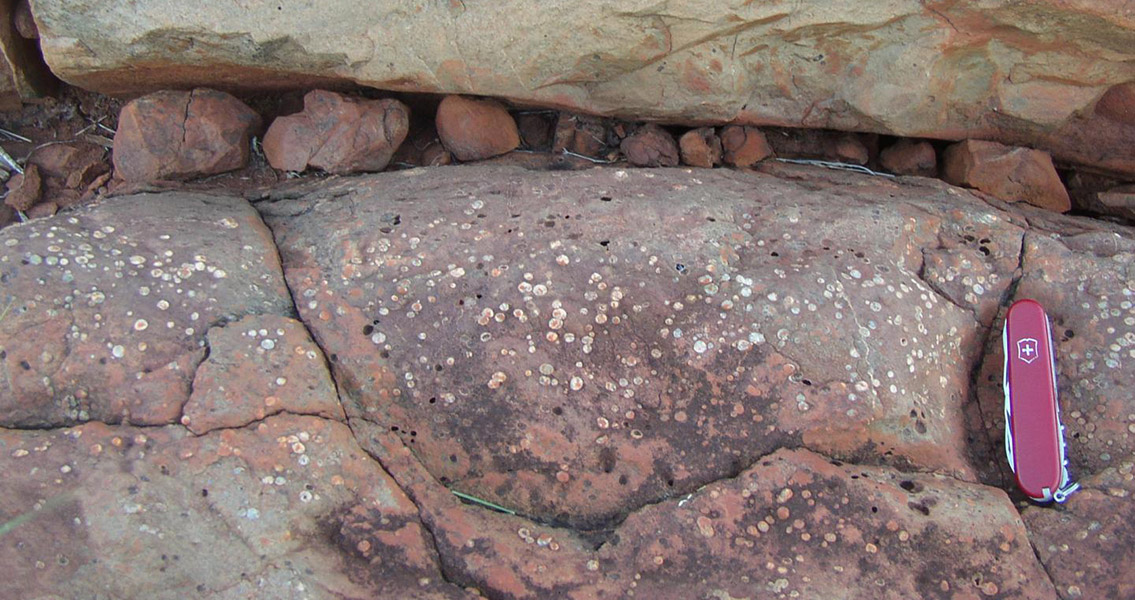<![CDATA[Scientists claim that millions of years ago the Earth's air weighed less than 50% of what it does today. The results challenge the long held belief that the planet's atmosphere was thicker shortly after the earth first formed. The international team of researchers have reached their remarkable conclusion after carefully examining bubbles trapped in 2.7 billion year old rocks in Western Australia. Essentially, these ancient air bubbles have been used as 'paleobarometers', according to the team. Only single celled microbes could inhabit the Earth 2.7 billion years ago, with sunlight only a fifth of what it is today and the atmosphere containing no oxygen. The team's startling findings however, suggest the planet was even more uncrecognisable in its infancy than previously thought. "We're still coming to grips with the magnitude of this," said Roger Buick, a University of Washington professor of Earth and Space Sciences and co-author of the study recently published in the journal Geosciences. “It’s going to take us a while to digest all the possible consequences.” A lighter atmosphere could have affected the Earth in a number of ways, changing climatic conditions, wind levels, even the boiling points of liquids. Other geological evidence has shown that water was present on earth at this time, so the atmosphere must have contained heat trapping greenhouse gases, such as carbon dioxide and methane. Scientists have used air bubbles before, as a means to measure the elevation of lavas millions of years old – the trapped air providing insights into the height at which the lava solidified. The team behind the latest study, led by Sanjoy Som, a post doctoral student from the University of Washington, flipped this process; taking a site where lava had indisputably formed at sea level and using it to determine the air pressure billions of years ago. “For the longest time, people have been thinking the atmospheric pressure might have been higher back then, because the sun was fainter,” said Som, in a press release from the University of Washington, “Our result is the opposite of what we were expecting.” The key to the researchers’ study is the fact that streams of molten rock quickly cool from the top and bottom. Bubbles trapped at the bottom are therefore smaller than those at the top, the difference in size reflecting the air pressure pressing down on the lava as it cooled. Study co-author Tim Blake from the University of Western Australia discovered the site used in the research: basalt lava exposed by the Beasley River, in Australia. By drilling into the overlying lava flows, the team were able to examine the size of the bubbles. Rough estimates taken at the time suggested the atmosphere 2.7 billion years ago was lighter than expected, and subsequent, thorough x-ray examinations of several different lava flows confirmed that the atmospheric pressure was less than half of what it is today. The next step for the researchers is to search for other rocks that confirm their findings, hopefully allowing them to gain a better understanding of how atmospheric pressure might have changed through time. For more information: www.nature.com Image courtesy of Sanjoy Som/University of Washington]]>
Bubbles Show Early Earth's Atmosphere Was Half The Weight
